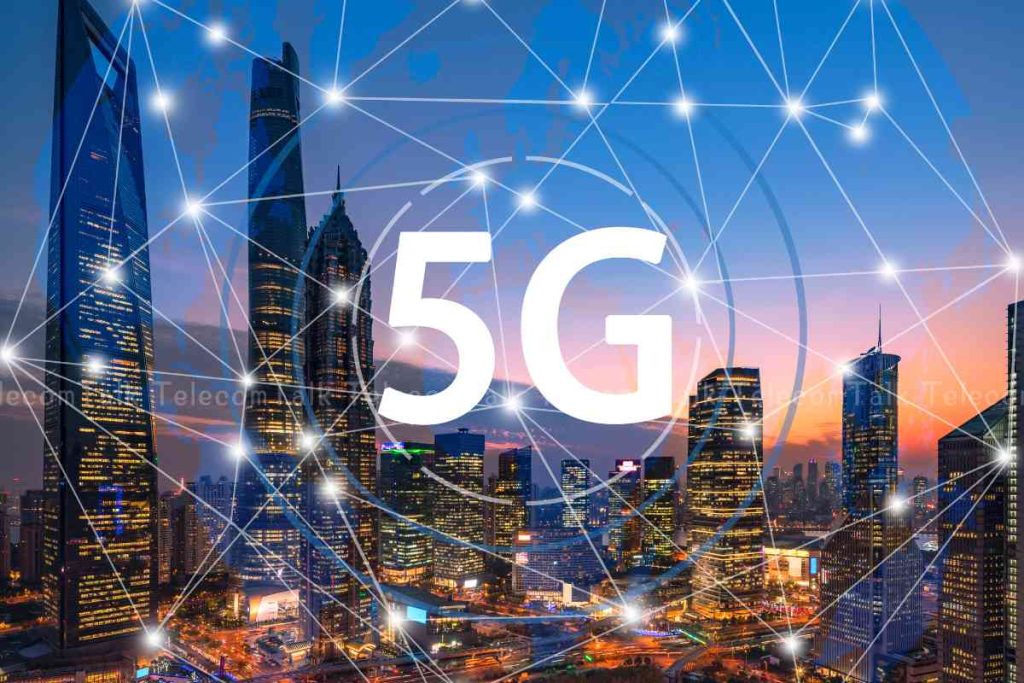One of the most anticipated advancements in the telecommunications industry has been the introduction of 5G technology. With its promises of reduced latency, higher speeds, and compatibility for a vast number of connected devices, 5G is poised to completely transform the way we use technology. But there are obstacles in the way of a 5G future that is completely connected. We’ll discuss the technical difficulties with the 5G rollout and their implications for customers in this blog.

What Is 5G and Why Does It Matter?
5G, or fifth-generation wireless technology, is the latest standard for mobile networks. It offers significant improvements over its predecessor, 4G LTE, in terms of speed, capacity, and responsiveness. With 5G, download speeds can reach up to 10 Gbps, latency can be reduced to as low as 1 millisecond, and the network can handle a far greater number of devices simultaneously.
These advancements are crucial for enabling new technologies and services, such as:
- Smart Cities: 5G can support the vast number of connected devices needed for smart city applications, including traffic management, energy distribution, and public safety.
- Autonomous Vehicles: The low latency of 5G is essential for the real-time data transmission required by self-driving cars.
- Augmented Reality (AR) and Virtual Reality (VR): 5G’s high speeds and low latency can provide a seamless experience for AR and VR applications, which require large amounts of data to be processed quickly.
Technical Hurdles in the 5G Rollout
While the potential of 5G is immense, its implementation comes with several technical challenges. Here are some of the key hurdles:
- Infrastructure Requirements
- Small Cell Deployment:In contrast to 4G, which uses massive cell towers to cover huge areas, 5G networks necessitate the installation of several tiny cells. The low-powered base stations known as tiny cells are required to cover smaller geographic areas in order to transmit the high-frequency signals required for 5G. It is extremely logistically difficult to deploy these small cells in both urban and rural settings, necessitating cooperation between network providers, local authorities, and property owners.
- Backhaul and Core Network Upgrades: The current network infrastructure, including backhaul (the network that links cell sites to the core network) and core network parts, has to be improved in order to manage the increased data load and speed of 5G. Fiber optics and other high-capacity transmission technologies will need to be heavily invested in for this to happen.
- Spectrum Allocation
- High-Frequency Spectrum (mmWave): Millimeter-wave (mmWave) spectrum is used by 5G to reach its fastest speeds. But mmWave signals are susceptible to interference from trees, buildings, and even the weather, and their range is restricted. Because of this, delivering reliable 5G coverage is difficult, particularly indoors or in crowded cities.
- Mid-Band and Low-Band Spectrum: 5G networks also make use of low-band and mid-band spectrum to balance coverage and speed. But since these bands are frequently already in use by other services (like 4G), it will be challenging to allot enough spectrum for 5G without interfering with other services.
- Device Compatibility
- 5G-Compatible Devices: Not all smartphones and devices are equipped to handle 5G networks. Consumers must purchase 5G-compatible devices to take advantage of the new network’s capabilities. This transition period, where many users still rely on 4G devices, can slow down the widespread adoption of 5G.
- Battery Consumption: 5G technology, particularly in its early stages, can be more power-intensive than 4G, leading to faster battery drain on 5G-enabled devices. Manufacturers are working to optimize power consumption, but it remains a concern for early adopters.
- Cost and Accessibility
- High Implementation Costs: The deployment of 5G networks is expensive, requiring substantial investment in new infrastructure, spectrum acquisition, and network upgrades. These costs are often passed on to consumers, making 5G services more expensive than existing 4G services.
- Urban vs. Rural Divide: The initial rollout of 5G is focused on urban areas where demand is highest and where infrastructure deployment is easier. However, this can exacerbate the digital divide, leaving rural and remote areas without access to the latest technology.
What Does This Mean for Consumers?
As 5G networks continue to roll out, consumers will experience both benefits and challenges. Here’s what to expect:
- Faster Speeds: Once fully deployed, 5G will offer significantly faster download and upload speeds, allowing for smoother streaming, quicker downloads, and more responsive online gaming.
- Enhanced Experiences: 5G will enable new applications and services, such as real-time augmented reality, telemedicine, and smart home devices that require low-latency connections.
- Limited Coverage Initially: During the early stages of the rollout, 5G coverage will be limited, primarily available in major cities and urban areas. Consumers in rural or less densely populated areas may have to wait longer for reliable 5G access.
- Device Upgrades: To take full advantage of 5G, consumers will need to invest in 5G-compatible smartphones and devices, which may involve additional costs.
- Potential Higher Costs: The high cost of deploying 5G networks may lead to higher prices for 5G data plans, at least initially, until the technology becomes more widespread and economies of scale are achieved.
Conclusion
With the capacity to accommodate a large number of connected devices and provide faster speeds and lower latency, 5G technology is poised to revolutionize mobile communications. The move to 5G is not without its difficulties, though; these include issues with pricing, device compatibility, spectrum allocation, and infrastructure requirements.
Customers will need to adjust during this time as 5G networks grow and become more widely available. Although there are many advantages to 5G, it will take some time for the technology to realize its full potential and for everyone to benefit from it. Keeping up with the advancements and difficulties of 5G will enable users to get the most out of this revolutionary technology as it rolls out.
